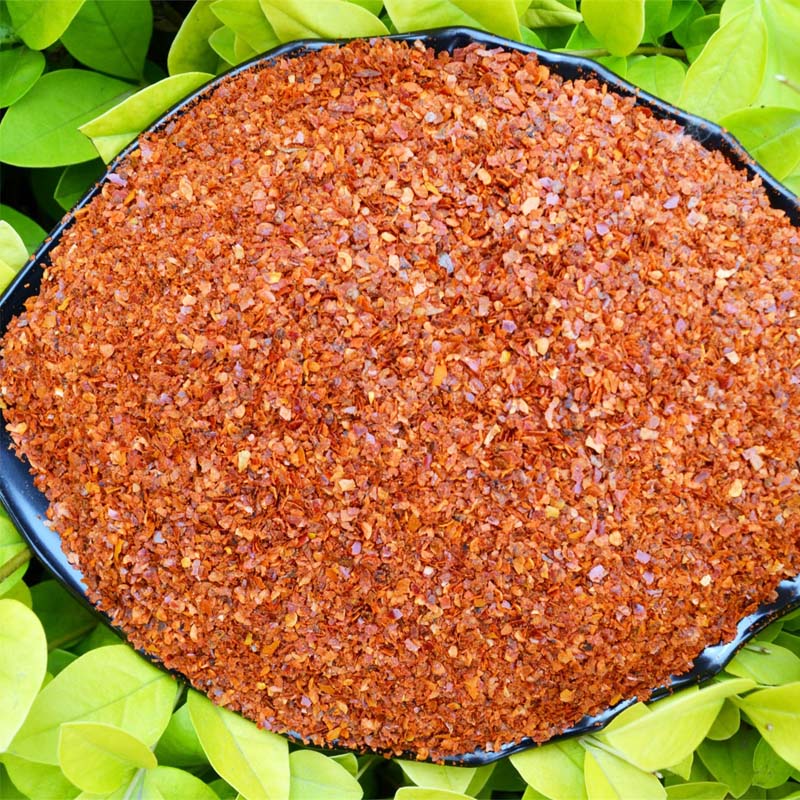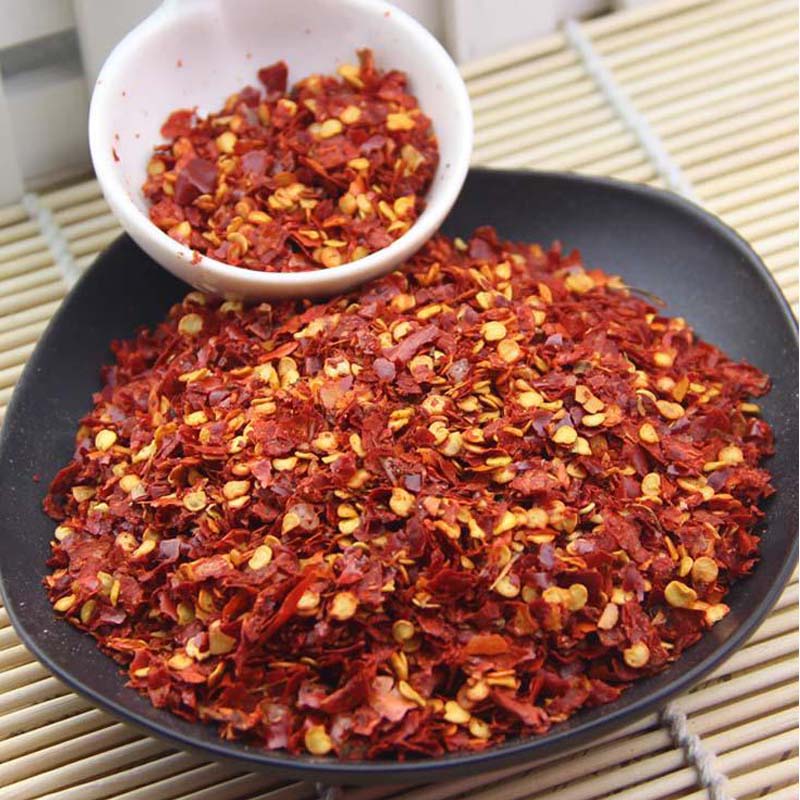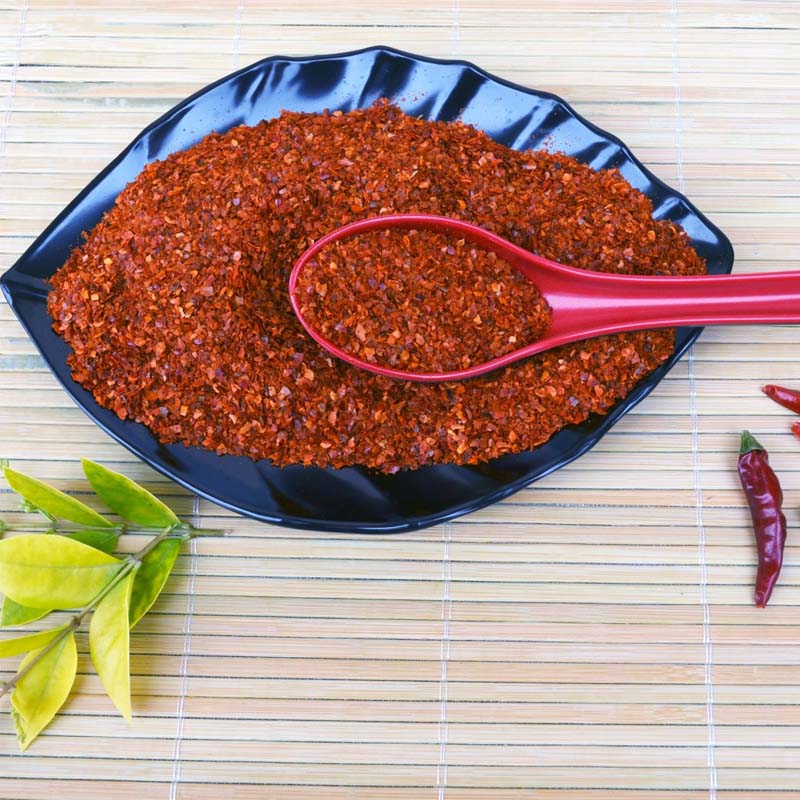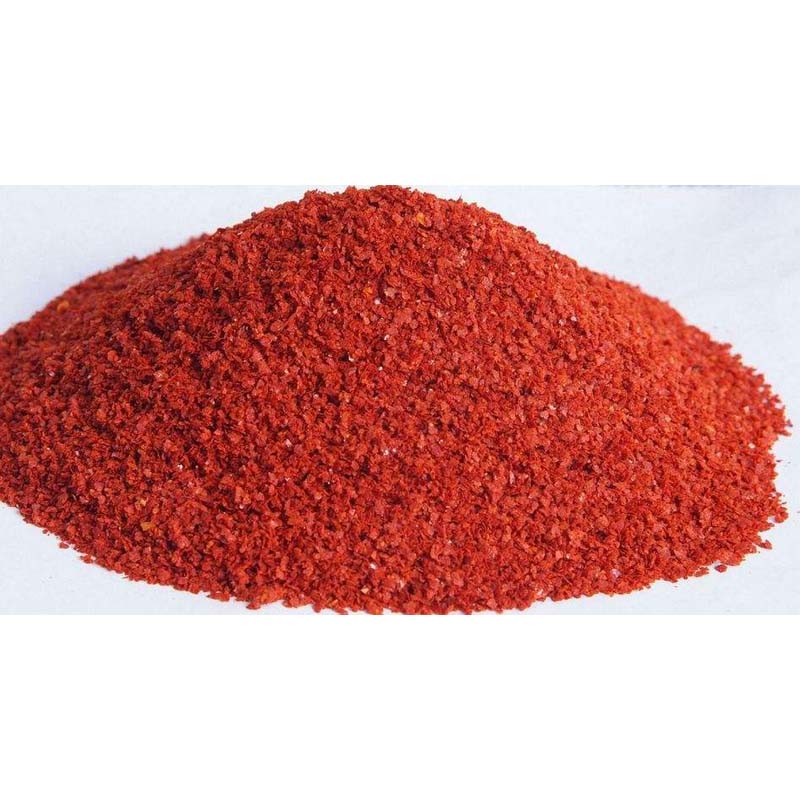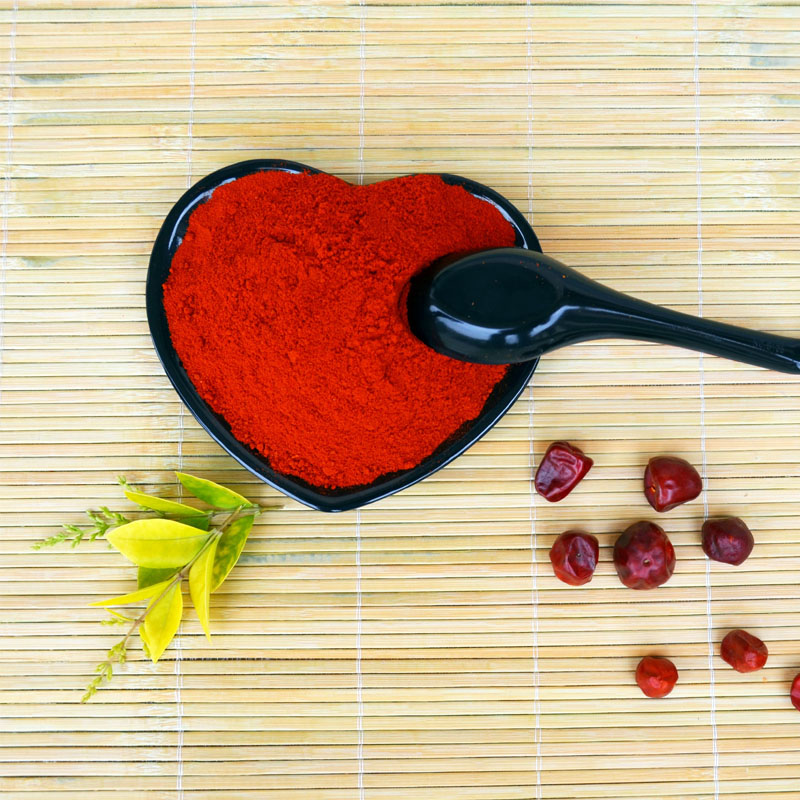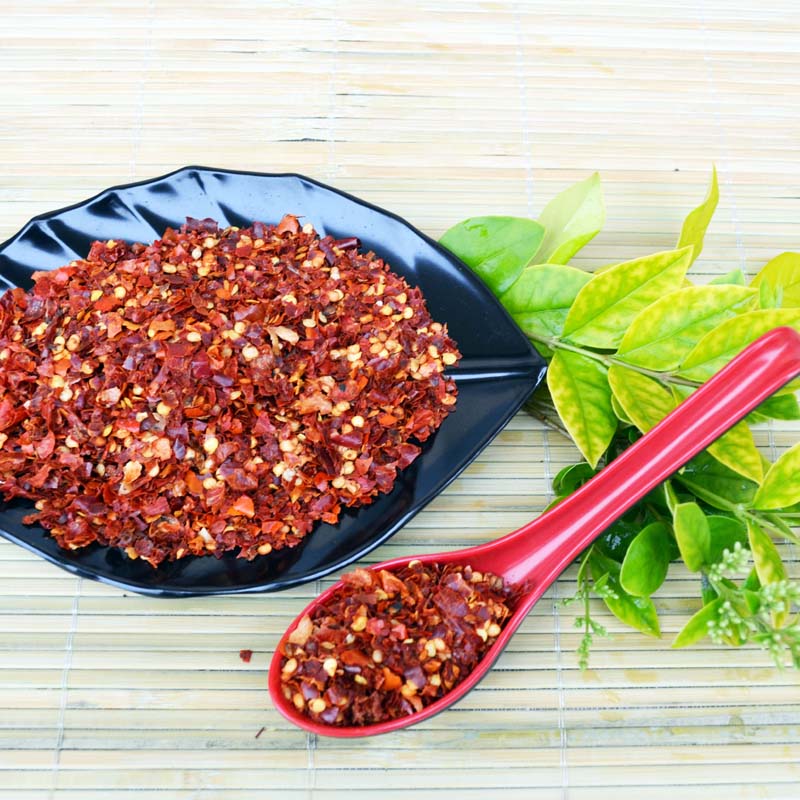
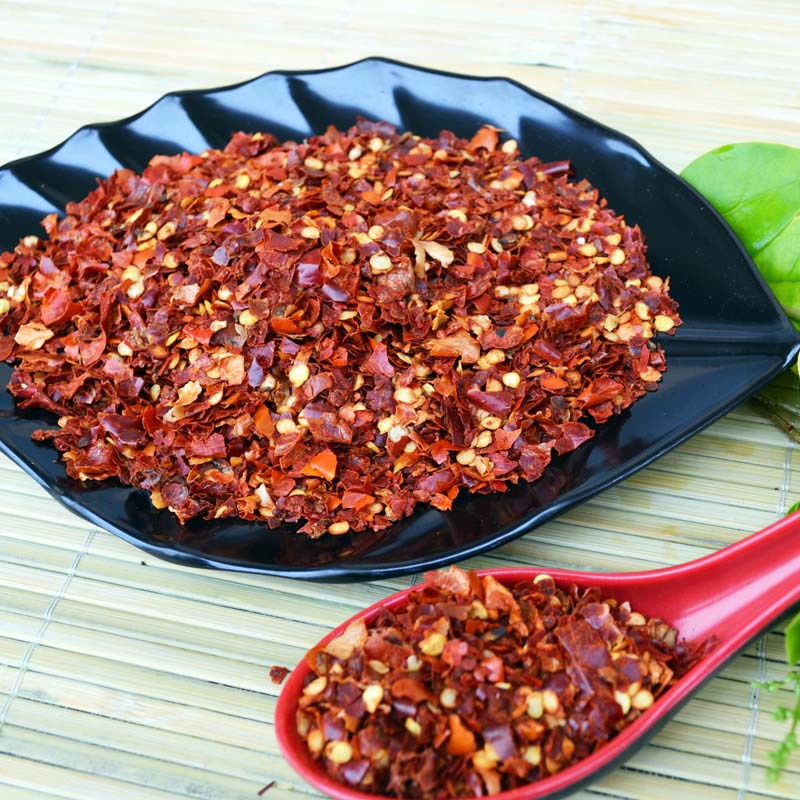
ʻO ka pakeneka hua, SHU a me ke kala e hoʻoholo i nā kumukūʻai.
Red chili peppers, which are a part of the Solanaceae (nightshade) family, were first found in Central and South America and have been harvested for use since about 7,500 BC. Spanish explorers were introduced to the pepper while on a search for black pepper. Once brought back to Europe, the red peppers were traded in Asian countries and were enjoyed primarily by Indian cooks. The village of Bukovo, North Macedonia, is often credited with the creation of crushed red pepper.[5] The name of the village—or a derivative of it—is now used as a name for crushed red pepper in general in many Southeast European languages: "буковска пипер/буковец" (bukovska piper/bukovec, Macedonian), "bukovka" (Serbo-Croatian and Slovene) and "μπούκοβο" (boukovo, búkovo, Greek).
Southern Italians popularized crushed red pepper beginning in the 19th century and heavily used them in the U.S. when they migrated over.[5] Crushed red pepper was served with dishes at some of the oldest Italian restaurants in the U.S. Crushed red pepper shakers have become a standard on tables at Mediterranean restaurants—and especially pizzerias—around the world.
The source of bright red color that the peppers hold comes from carotenoids. Crushed red pepper also has antioxidants that are thought to help fight off heart disease and cancer. In addition, crushed red pepper contains fiber, capsaicin—the source of the heat in pepper chilis—and vitamins A, C, and B6. Capsaicin is believed to help kill off prostate cancer cells, to serve as an appetite suppressant which can contribute to weight loss, to improve digestion, and to help prevent diabetes and constipation.
ʻO kā mākou mea kūlohelohe a me nā pesticides manuahi ʻulaʻula me ka ZERO additive ke kūʻai wela nei i nā ʻāina a me nā ʻāpana makemake e hoʻohana i ka wā kuke. Loaʻa nā palapala BRC, ISO, HACCP, HALAL a me KOSHER.
